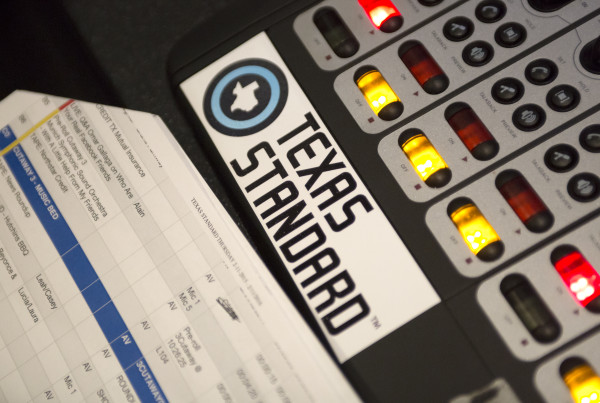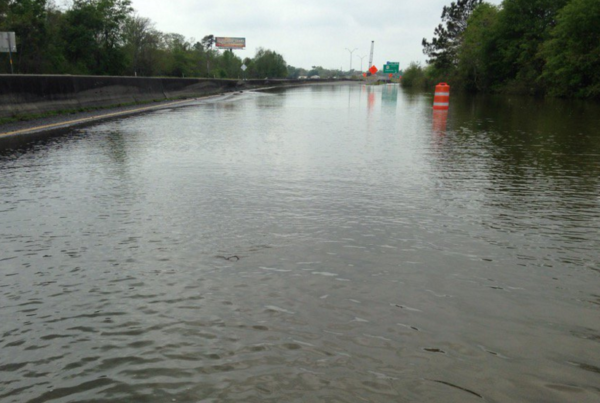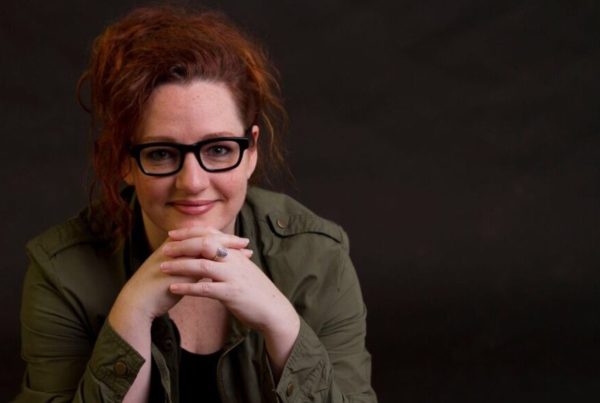In an effort to control its borders, the U.S. has been unequivocal in declaring what will happen to those who illegally immigrate to the U.S. with underage kids in tow – you may be be separated from your kids. It’s supposed to be a deterrent. In the past, parents with children were not routinely prosecuted for illegally crossing the border. But that’s changed, and now kids are being separated from their parents.
People may disagree about who is to blame for this, but the question many are now asking is where are some 1,500 kids whose location is not known by U.S. officials.
Lomi Kriel, an immigration reporter for the Houston Chronicle, says the problem is that it’s very difficult for separated parents and children to find each other.
“Border patrol apprehends parents and children,” she says. “If they then decide to prosecute the parents, the children then go into the custody of the Office of Refugee Resettlement. And the parents are then prosecuted and go to prison and then they go to immigration detention, which at that point that’s ICE custody. And ICE policy at that point is to do, to the extent practicable, to allow parents to do what they need to do to return with their children, if that’s what they wish.”
The children who crossed the border with their parents are placed in federal shelters across the country, Kriel says. However, a different group of children – those who cross the border alone, without their parents – is overseen by the Office of Refugee Resettlement.
“There’s some confusion online,” she says. “The 1,500 kids that the government lost track of, those are children that came here alone, were in Office of Refugee Resettlement custody and they were released to relatives.”
She says the government may have lost track of those children because they ran away or were released to family members who are undocumented immigrants.
“There’s two separate issues,” she says. “One is the issue of separating parents and children at the border, and then parents and children not being able to find each other. And the second issue is those 1,500 children that were unaccompanied, came here alone, were released to sponsors, and now the government has lost track of them.”
In 2014, Kriel says, reports came out that some of the unaccompanied children were being trafficked, and as a result the agency tightened their efforts to screen sponsors.
“And in part, that’s how we know about these 1,500 children,” she says. “It’s not hyperbole that that does happen, but we just simply don’t know what happened to the 1,500 children. They may just have moved or the families are under the radar. We just don’t know.”
On the Internet, information has been spreading about children who are detained by ICE and held in cells, sleeping in what look like dog kennels. Kriel says those photos, though, are likely from 2014, when the government handled a surge in unaccompanied children by housing them on military bases.
“Now, with the government taking children from parents and prosecuting the parents, the Trump administration has said that it is also looking into using military bases to temporarily house children,” she says. “But it’s not doing so yet.”
What’s still unclear is how many kids have been separated from their families since the U.S. has started routinely prosecuting parents.
“The government has not released a lot of numbers,” she says. “It said that between October and April, they participated in reuniting 700 children with parents who were in custody.”
She says that reunion doesn’t always happen, though.
“Parents and children cannot always find each other,” she says. “Parents may be deported by the time advocates for the children find the parents. And so I think it’s happening on a much broader scale.”
Written by Jen Rice.















